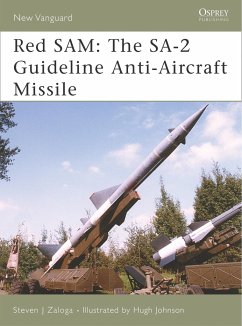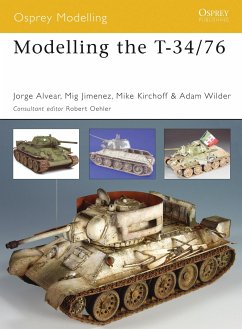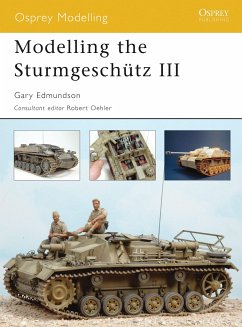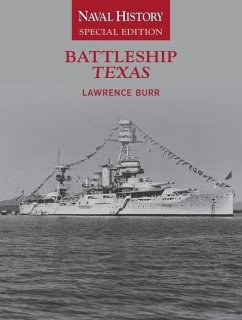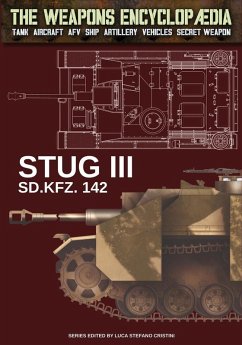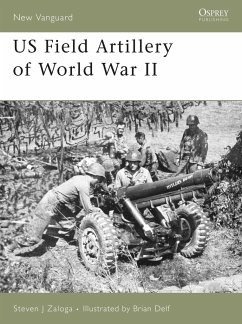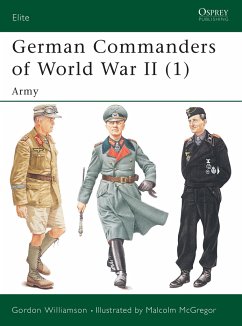Nicht lieferbar
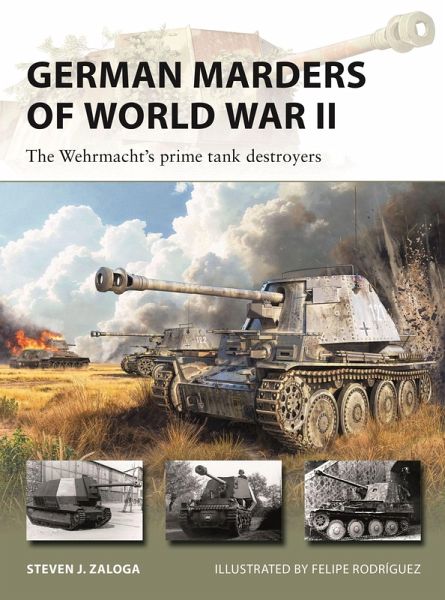
German Marders of World War II
The Wehrmacht's Prime Tank Destroyers
Illustrator: Rodríguez, Felipe
Versandkostenfrei!
Erscheint vorauss. 28. Juli 2026
15,99 €
inkl. MwSt.
Built for mobile antitank firepower, the Marder family combined the superb 7.5cm antitank gun with existing light tank chassis. Fully illustrated, this studies their design and use. The appearance of T-34 and KV tanks in 1941 forced the Wehrmacht to field a more powerful antitank gun, the 7.5cm PaK 40. Although an excellent weapon, the towed gun was heavy, awkward to employ, and vulnerable to enemy counter-fire. At the same time, many light tanks had become obsolete even though their chassis was still useful. In this book, armor expert Steven J. Zaloga presents a study of how these obsolete ta...
Built for mobile antitank firepower, the Marder family combined the superb 7.5cm antitank gun with existing light tank chassis. Fully illustrated, this studies their design and use. The appearance of T-34 and KV tanks in 1941 forced the Wehrmacht to field a more powerful antitank gun, the 7.5cm PaK 40. Although an excellent weapon, the towed gun was heavy, awkward to employ, and vulnerable to enemy counter-fire. At the same time, many light tanks had become obsolete even though their chassis was still useful. In this book, armor expert Steven J. Zaloga presents a study of how these obsolete tanks and the superb new gun were combined to create the Marder family of tank destroyers. The Marder I used captured French Chenilette Lorraine chassis, and subsequently other French light tanks such as the Hotchkiss H39 and FCM36, while the Marder II was based on the PzKpfw II chassis. The Marder III was the most significant of the new types, built on the Czech PzKpfw 38(t) chassis. The Marder family reached its peak production in 1942, constituting over 18 percent of new German Panzers, and production ended in 1944. Packed with rare photos and original artwork, this book explores the designs, capabilities, and employment of the Marders, as well as the little-known and largely unsuccessful late-war attempts to produce further self-propelled 7.5cm PaK 40 vehicles on half-track, armoured car and tractor chassis.




